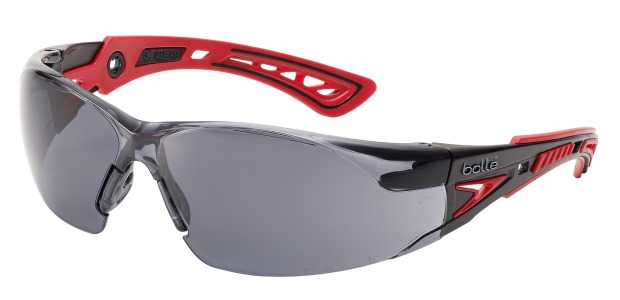
Summer Eye Safety: Too Often, a Glaring Omission
Effects of the four most common categories of glare range from minor annoyance to temporary loss of vision.
- By Peggy Kroesch
- Aug 01, 2015
Eye safety is often viewed almost entirely as an issue of protection from airborne debris. While this is understandable, there are several other issues to consider when choosing the best possible protective eyewear.
With the longer, sunnier days of summer at hand, glare caused by reflected light becomes a very real and pervasive issue for workers in outdoor settings. This problem is of acute concern for the many petroleum industry employees who work on offshore rigs. Following is a list of the four most common categories of glare, with negative effects ranging from minor annoyance to temporary loss of vision:
- Distracting glare—minor annoyance caused by streetlights or car lights at night. This results in squinting and eye fatigue.
- Discomforting glare—squinting from everyday light. It causes fatigue and eye strain.
- Disabling glare—significantly reduced visibility or blocked vision. The intensity of the light becomes extreme.
- Blinding glare—completely blocks vision and is caused by light reflected off smooth, shiny surfaces, such as water.
As a manufacturer of safety eyewear, we frequently hear of accidents and near misses caused by the debilitating effects of reflected light. Recently, we learned of a crane operator on an oil rig who, blinded by glare, missed a critical hand signal from a colleague on the deck, causing him to drop the load in close proximity to another worker. This potentially fatal mishap could have almost certainly been avoided if the operator had been using polarized safety eyewear.
Fortunately, there's an effective way to neutralize the full range of glare-induced issues and the associated injuries. Polarization, which works by filtering reflected horizontal light, is available with many safety eyewear products. Foam seals, which are available on some safety models, form a barrier around the eye cavity, providing protection from elusive angular glare.
The Importance of Blocking UV Radiation from Reflected Light Sources
It is also important to consider that the reflected light that causes glare contains as much damaging UV radiation as direct sunlight. In fact, a recent report prepared by the Vision Council entitled "The Big Picture: Eyewear is Always in Season" noted:
“. . . sand and concrete can reflect up to 25 percent of UV, surfaces like snow and water have been found to reflect up to 85 and 100 percent of UV rays respectively … Wearing a pair of polarized sunglasses, which are designed specifically to reduce glare, will increase comfort and safety. . . . ”
The bottom line is: In addition to protection from the safety issues cited above, polarized eyewear is an affordable way to contribute to the long-term health of outdoor workers and reduce OSHA recordable incidents by more thoroughly blocking UV radiation from reflected light sources.
This article originally appeared in the August 2015 issue of Occupational Health & Safety.
About the Author
Peggy Kroesch ([email protected]) is Brand Manager, Eyewear for Bollé Safety/ Bollé Tactical, www.bollesafety-usa.com, in Overland Park, Kansas.